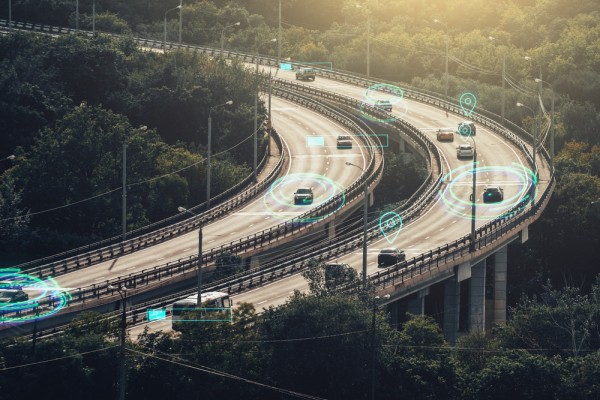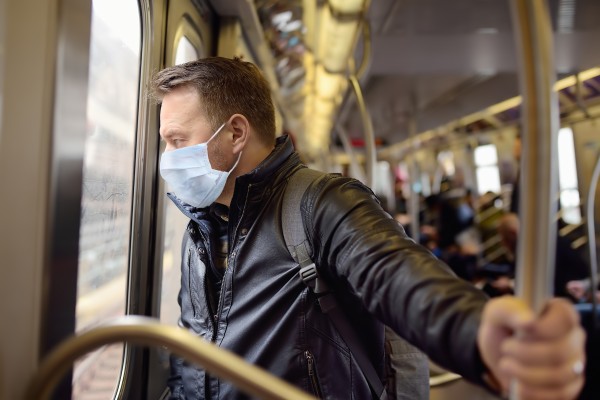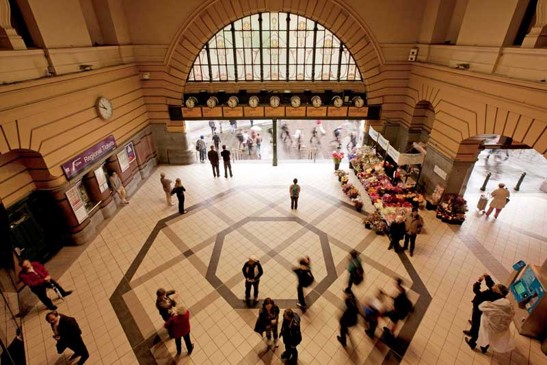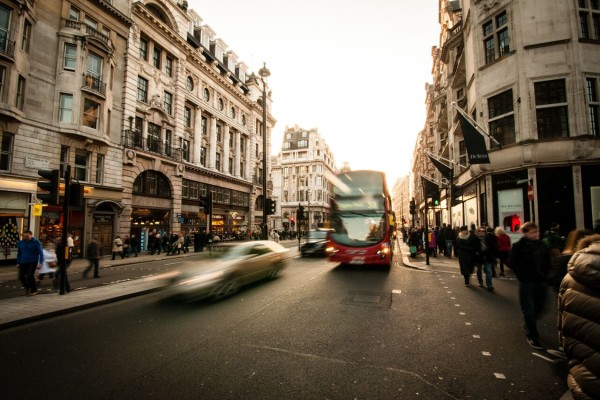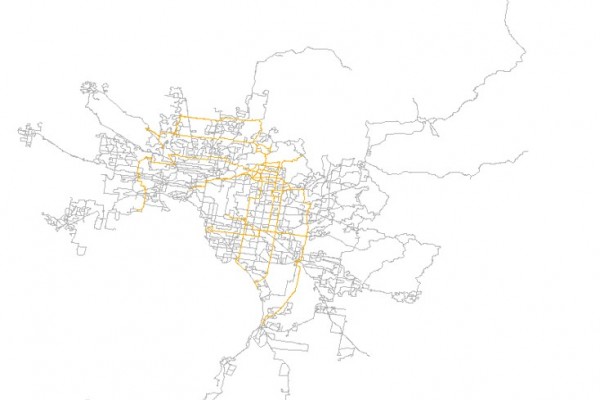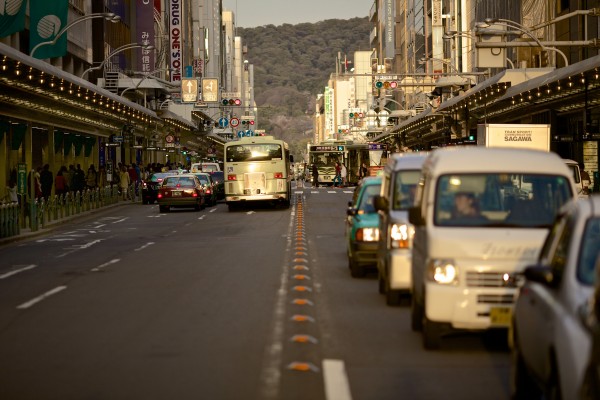[vc_column animation="none" bg_color="" bg_image="" column_padding="no-padding" column_center="" text_color="dark" custom_text_color=""... read more →
COVID-19 has created a global impact on travel as cities shutdown to avoid contamination. Its impact on public transport is enormous as travel demand has almost vanished and safety remains a... read more →
[vc_column animation="none" bg_color="" bg_image="" column_padding="no-padding" column_center="" text_color="dark" custom_text_color="" text_align="left"... read more →
[vc_column animation="fade-in" bg_color="" bg_image="" column_padding="padding-2" column_center="true" text_color="dark"... read more →
Growth in urban populations, and the associated demand for access to goods, amenities and employment, is placing increasing pressure on urban transportation networks. This has reinvigorated interest in urban public... read more →
Congestion is the most important factor compromising the efficiency of transportation systems. Fundamental laws of traffic flow theory have been studied intensively for decades and there is a deep understanding... read more →
The Victorian bus industry, like many other Australian and international jurisdictions, must meet safety regulation requirements including bus safety inspections with both annual mandatory independent inspections and more regular documented... read more →
One of the most pervasive problems in Australian public transport network design is the issue of servicing large low density suburban areas using expensive fixed route bus resources. There is... read more →
Trams have superior ride quality to buses and can also accelerate and decelerate at a quicker rate. This and the frequent need for braking due to traffic interference has... read more →
The transition to parenthood, as a change in life stage, disrupts habitual travel behaviour and provides a valuable opportunity to influence the adoption of sustainable transport practices. However, while changes... read more →

